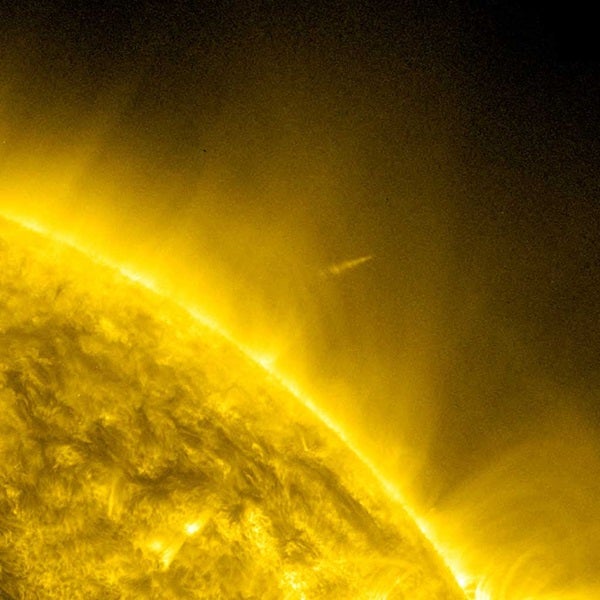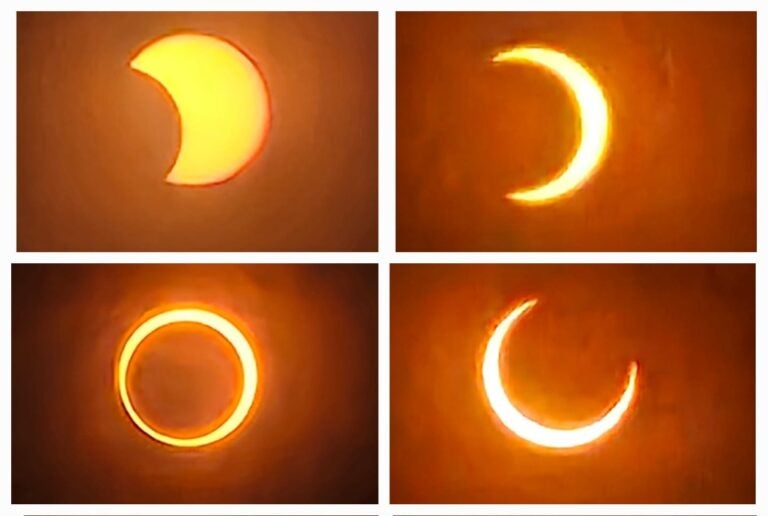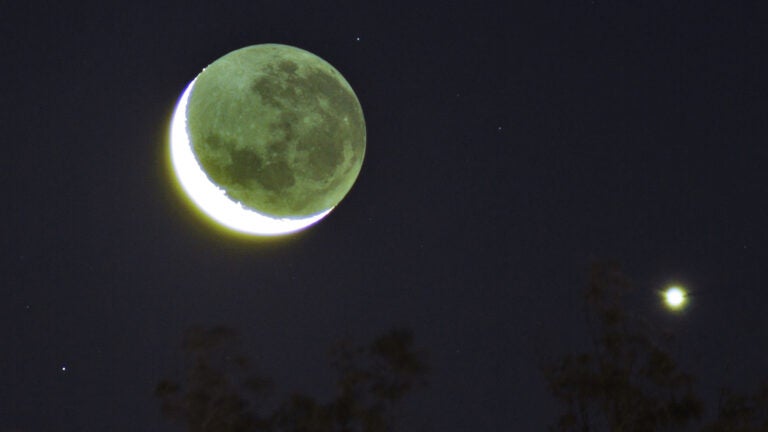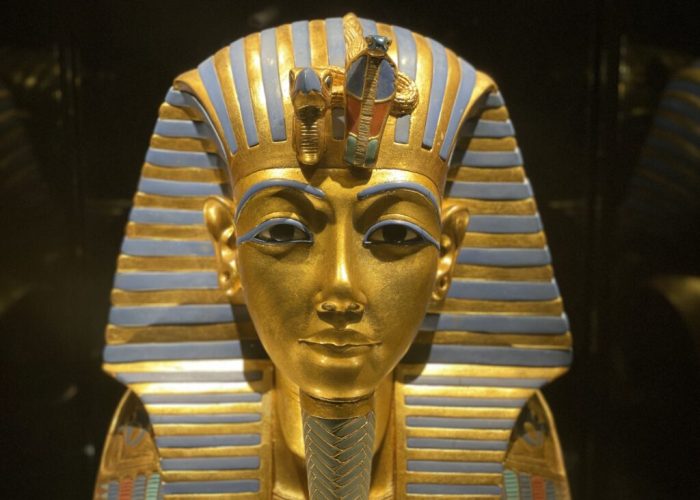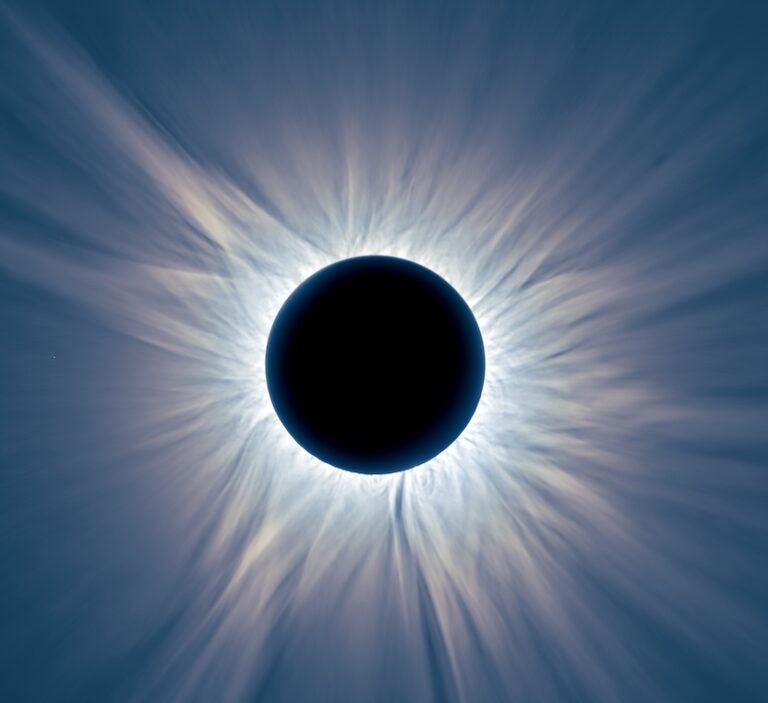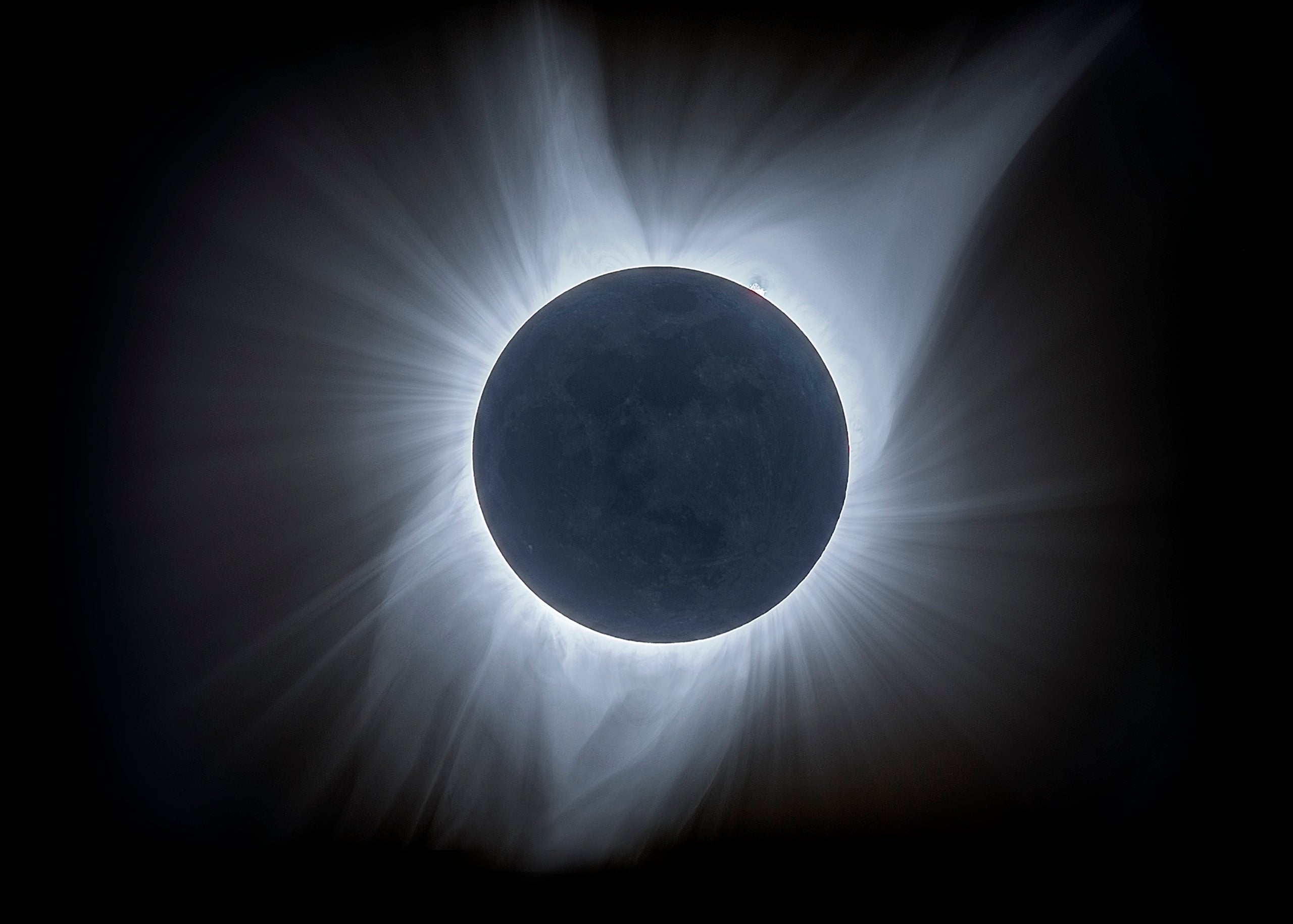“The corona shapes most of the space-weather storms that impact Earth,” said Karel Schrijver of the Lockheed Martin ATC. “The only part of the corona that we can study with observatories is the part we can see. Comet Lovejoy flew through the corona down to a height of only 10 percent of the solar diameter, where there is almost nothing that we can image. It is essentially an ultrahigh vacuum with a density even lower than where the International Space Station orbits Earth. But when Lovejoy flew through, material from its warming surface evaporated, forming a tail that then lit up brightly enough to be observed. The wiggling of its direction and the changes in intensity and persistence of that tail allowed us to map the otherwise invisible magnetic field. This provided substantial insight into this very dynamic region that could never be probed before. What we hope to learn eventually is how the Sun’s magnetic field is distorted as it becomes part of the solar wind that blows past all the planets, and thereby to better predict when violent solar eruptions threaten Earth’s space environment.”
The observations of Lovejoy during its passage were made by the extreme ultraviolet telescopes of the Atmospheric Imaging Assembly (AIA) on the Solar Dynamics Observatory (SDO), along with other telescopes on the twin spacecraft of NASA’s Solar Terrestrial Relations Observatory (STEREO). This opportunity to observe Lovejoy from multiple perspectives provided researchers with a unique dataset that enabled them to make inferences about the complex magnetic fields through which the comet traveled.
To better understand the signature of the comet’s passage, a state-of-the-art magnetohydrodynamic (MHD) model of the solar corona was employed, combined with a prescription for how the cometary tail gases would behave in the extremely hot environment with temperatures of several million degrees.
“The apparent ‘wiggles’ out of the orbital path observed by SDO and STEREO gave us partial information on the local direction of the magnetic field,” said Cooper Downs of Predictive Science Incorporated in San Diego. “Combined with our computer model, this enabled us to map the magnetic field along the comet’s trajectory while also confirming our model field for the distant surroundings. SDO AIA observations show that the comet tail motion was neither aimed directly away from the Sun, which one would expect if the tail were caught only in the solar wind or driven by the pressure of the intense light, nor did the tail simply fall away behind the comet in its orbit, which would be expected if the solar wind and the solar magnetic field had no influence at all. The tail motions that we observed reveal the pattern of the magnetic field within the solar corona, which enabled us to demonstrate that our magnetic-field model agrees quite closely with the Sun’s invisible magnetic field.”

